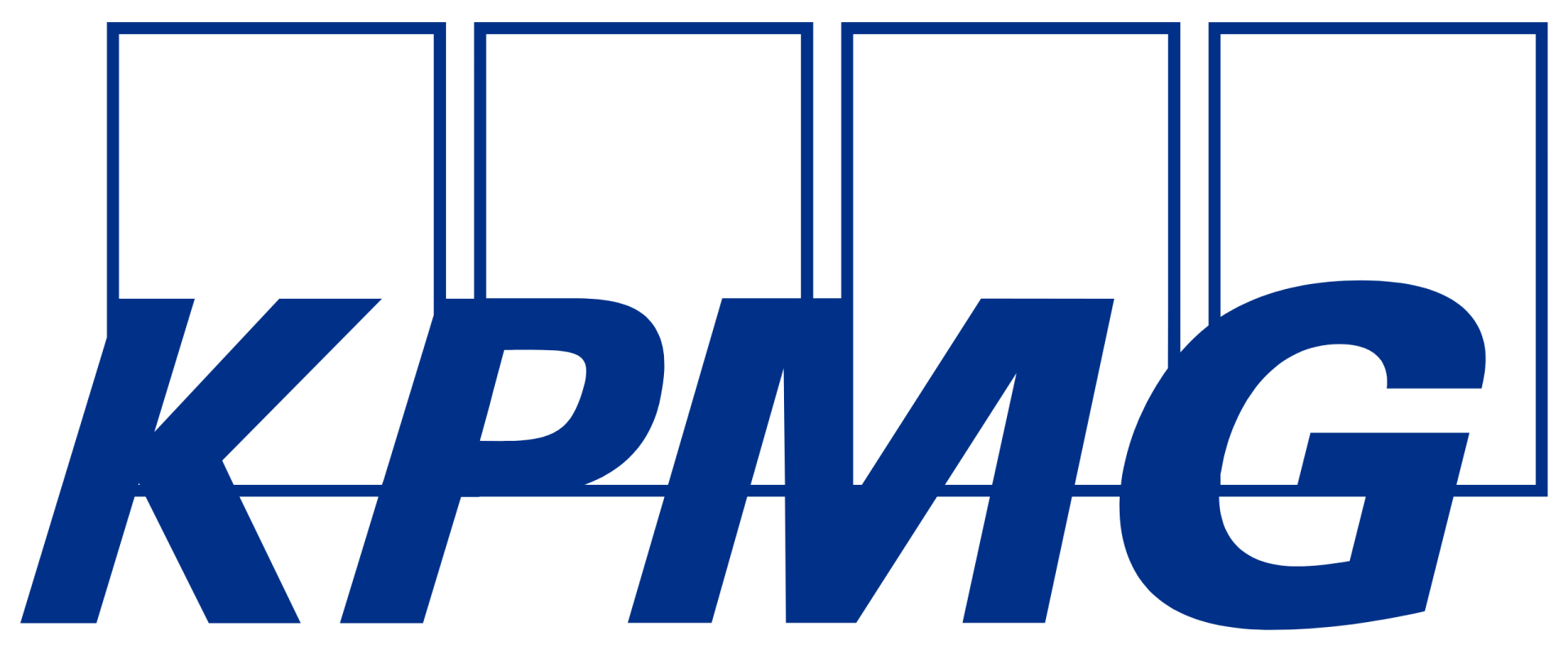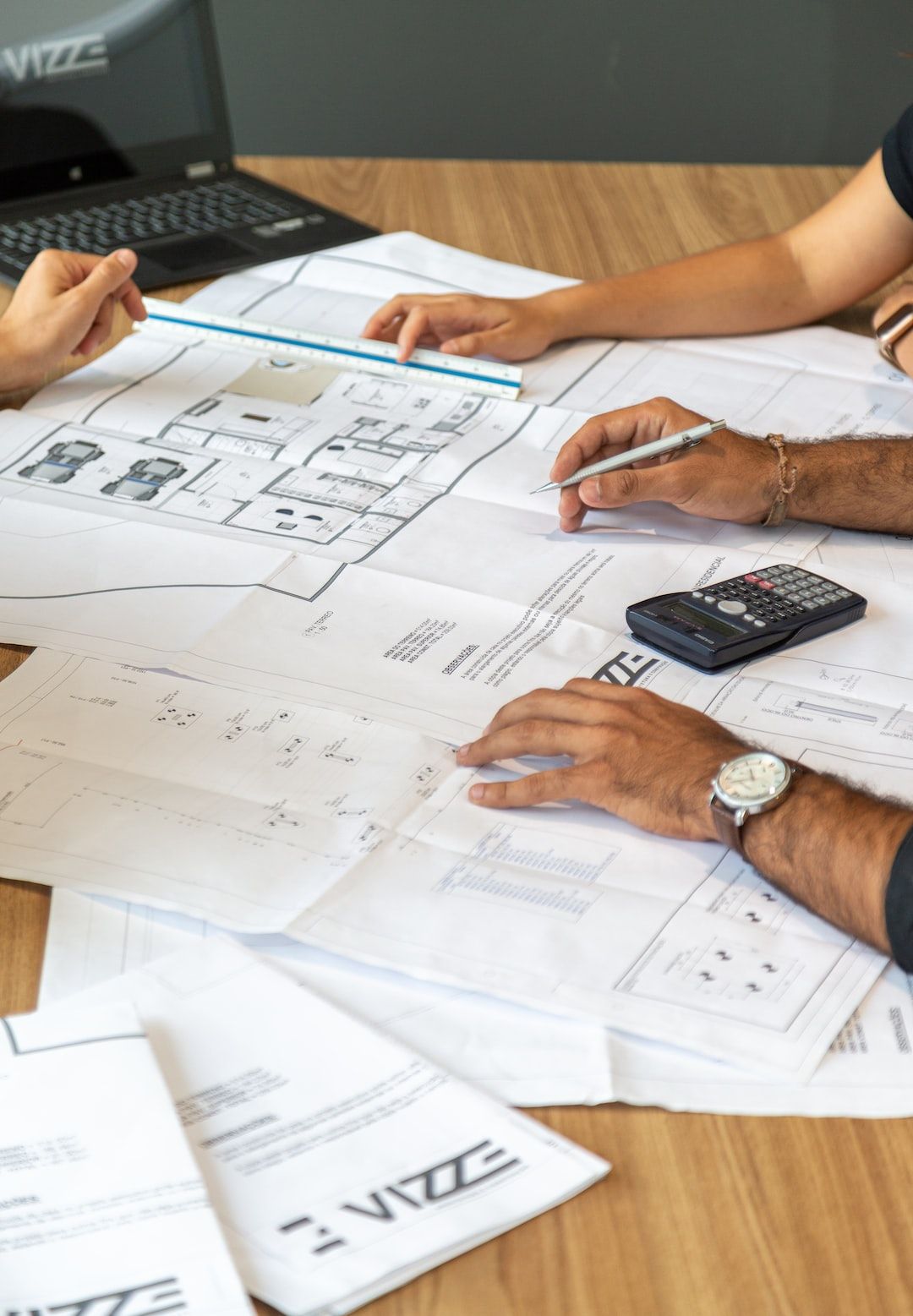The overall impact of the EX Design process has been far-ranging, even in unexpected places. The actual process has unintentionally given new joiners much more confidence in speaking about their experiences. Thanks especially to the face-to-face sessions, the process has fostered a community for current members of the team which encourages support and collaboration.
For the Learning and Development Team it’s been a fantastic learning opportunity for how future experience design can be approached, all the way from pre-planning to implementation and deliverables.
And finally, it’s enshrined a greater understanding of employee experience at KPMG, which is based on real employee insights, rather than assumptions of what good looks like.





